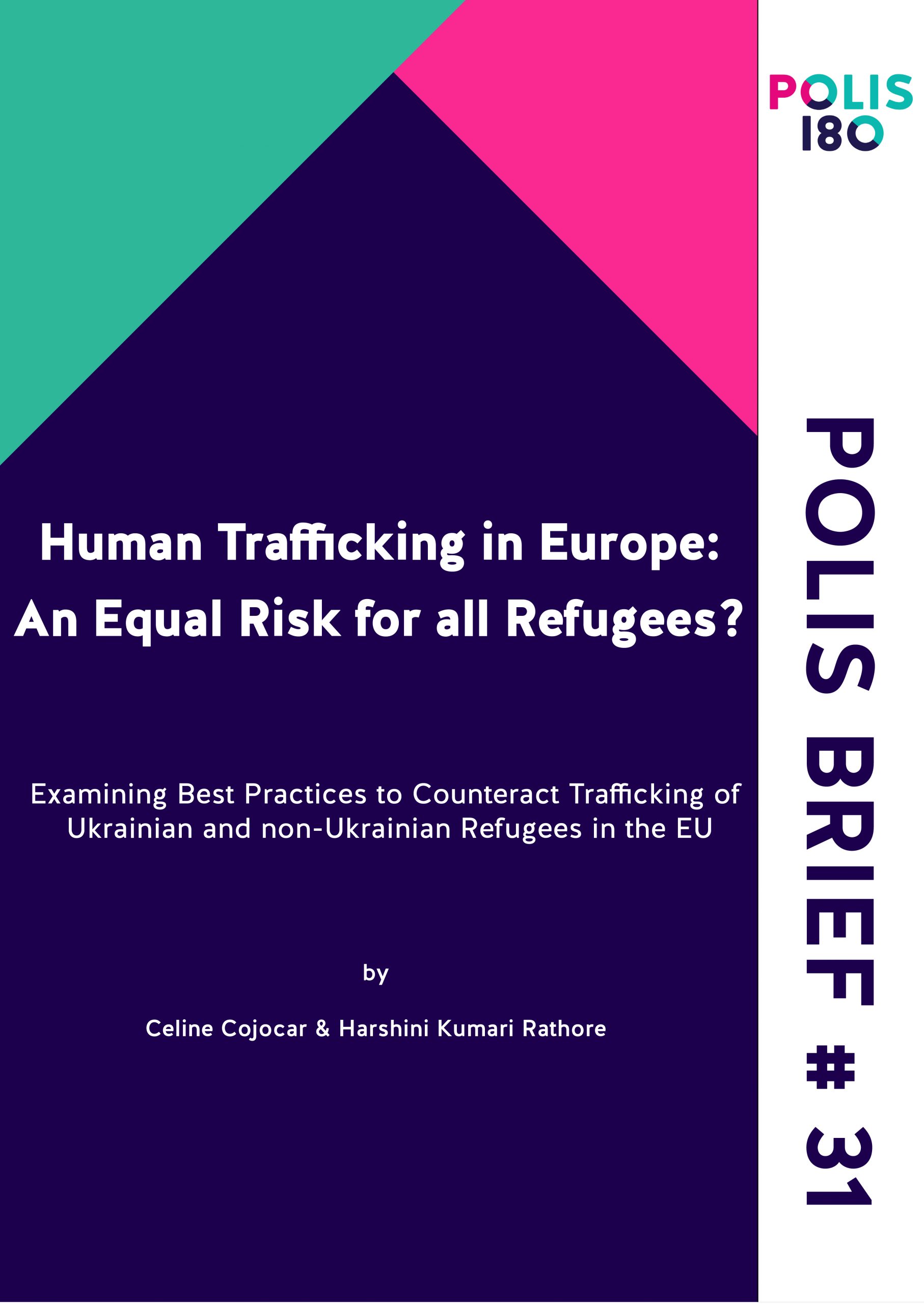The forced displacement caused by war and regional conflicts forces large populations to seek safety through migration, but this pursuit often exposes asylum seekers to risks of violence, exploitation, and human trafficking. Border control policies, irregular migration paths, poor conditions in refugee centers, and legal complexities within the European Union compound the problem, disproportionately affecting women and children. Utilizing the 2015 humanitarian crisis as a case study, this policy paper underscores the challenges arising from irregular migration and human trafficking. Drawing on successful initiatives during the war in Ukraine, such as the Anti-Trafficking Plan and Blue Dot hubs, this paper identifies best practices that could be applied to other vulnerable refugee populations to mitigate the risks of human trafficking and other forms of exploitation. The comprehensive analysis aims to inform discussions on enhancing protective measures for all vulnerable refugees in Europe, urging a harmonized and inclusive approach to combat human trafficking and sexual exploitation.
by Celine Cojocar und Harshini Kumari Rathore
17.03.24
